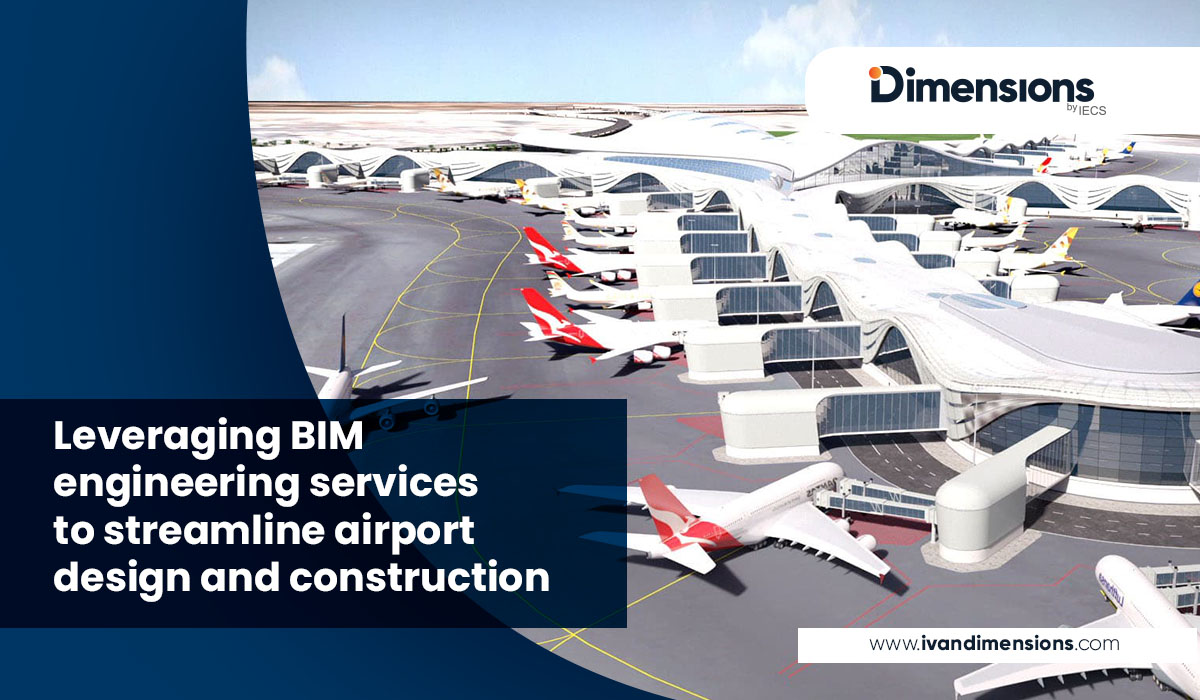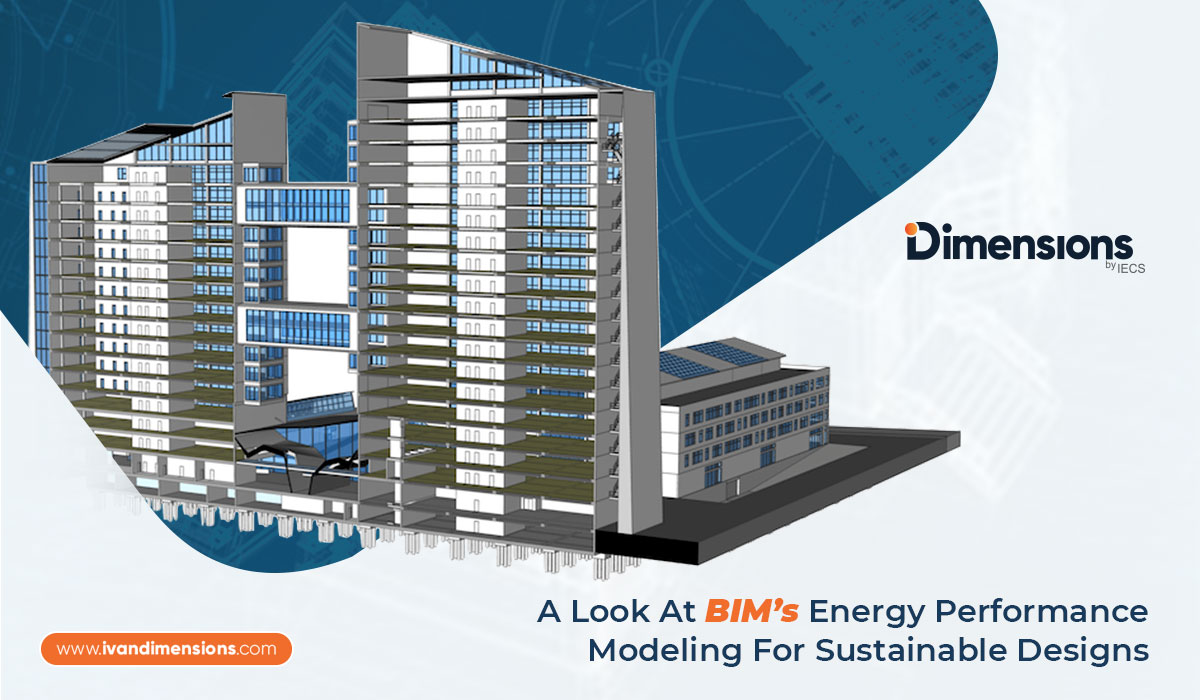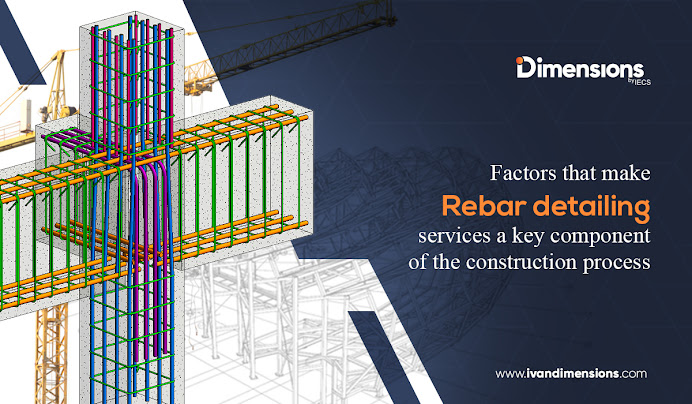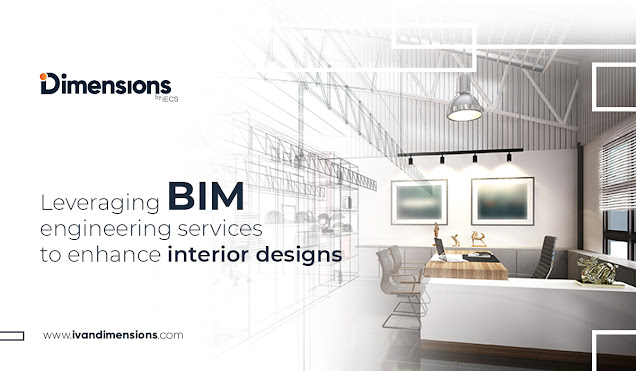Leveraging BIM services to streamline airport design and construction
The increasing load of international passengers means that the airports have to constantly modify their design and layout. The sheer size of the construction, as well as the operation complexity, makes the task of airport construction a complex job. Some of the challenges in constructing an airport are budgeting, on-site safety of workers, design and constructability issues, activity scheduling, etc. In this respect, solutions offered by BIM Engineering services can be applied as a viable alternative to address the challenges.
Among the several benefits offered by BIM, the most prominent is its ability to help the stakeholders visualize the project in the design phase. By allowing the stakeholders to visualize the project in the design phase, BIM engineering services facilitate greater collaboration amongst them. This can help multiple stakeholders to give their inputs in the design phase and that helps in designing and constructing a sustainable airport. Further, the integration of the beam model with Technologies like AR/VR gives stakeholders the ability to visualize an airport construction project before the construction can begin and point out design issues.
Additionally, as said before because of the constantly increasing number of international flight passengers, there is a constant need to expand the airport terminals to accommodate the additional traffic flows. Prefabrication or modular construction can never help in addressing the challenges by allowing it to easily expand the airports to cater to future needs. Accurate 3D models of the airport building components offered with the help of BIM by leading BIM service providers can help prefabricate those parts. Prefabrication with the help of accurate 3D models offered by leading BIM service providers can also help in reducing construction time, waste and costs.
The application of BIM solutions can further facilitate airport construction by offering the following advantages-
Helping save on reworks and costs- BIM Engineering services help the stakeholders visualize a construction project before even the first brick has been laid. By allowing greater visualization of the project, it is possible to suggest changes in the design in the design phase itself. This reduces costly reworks after the Airport has been constructed.
Saving resources- By using BIM engineering services in the design phase, the stakeholders can visualize the energy requirements of the building after it has been constructed. This helps them to orient the building in a way that maximizes the utilization of ambient light and air. Thus, the use of BIM minimizes waste in the construction and operation phase of the building and helps the airport achieve cost savings as well.
Streamlining passenger queues- With millions of people traveling to the airports daily, it becomes essential to ensure that the resting and the walking areas are spacious. By using BIM engineering services, it is possible to ensure that there are enough spaces in the working and resting areas.
Faster construction- Accurate 3D model of the building components generated by leading BIM service providers can help in the manufacture of prefabricated components that can be used to drastically reduce construction time and cost. Prefabrication can also open the possibility of the easy future expansion of airports to accommodate an increase in passengers.




Comments
Post a Comment